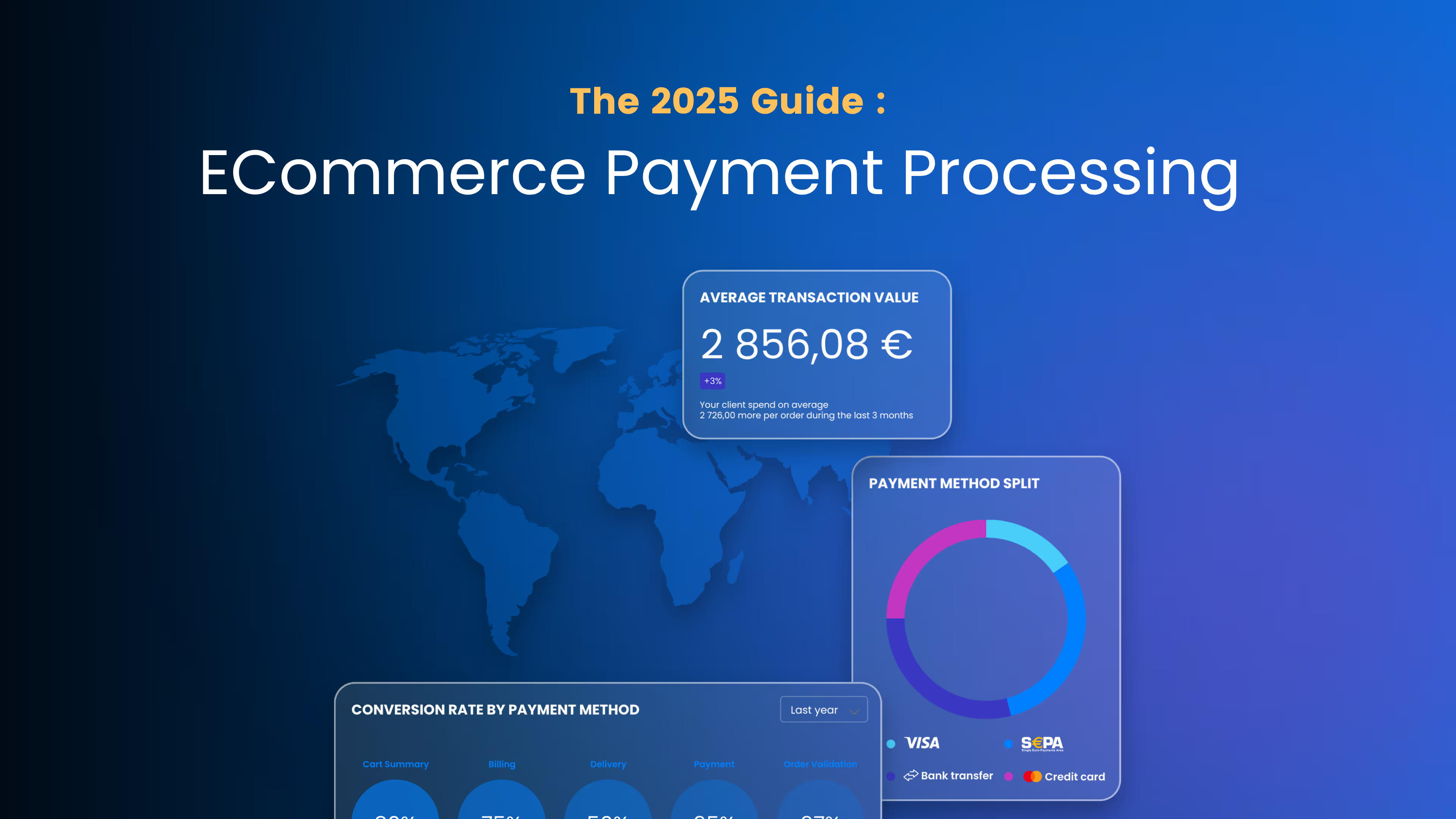

The Role of Open Banking in the Future of B2B Payments
Introduction
Open banking is revolutionizing the financial landscape by enabling seamless, real-time access to banking data through secure APIs. Open banking has mainly focused on consumer banking so far, but its impact on B2B payments is growing rapidly. Businesses are leveraging open banking to streamline B2B transactions, enhance financial transparency, and drive greater efficiency in corporate finance. This article explores how banking innovation is transforming B2B digital payments, highlighting its benefits, challenges, and key advancements.
What is Open Banking?
Open banking refers to the practice of banks and financial institutions sharing customer data with third-party providers (TPPs) through application programming interfaces (APIs). These APIs enable businesses to access financial services in a more efficient and secure manner, reducing reliance on traditional banking infrastructure.
Key Components of Open Banking:
- APIs – Secure interfaces that allow businesses to access financial data and initiate payments.
- Regulations – Legal frameworks such as PSD2 in Europe that mandate financial institutions to open access to customer data.
- Third-Party Providers (TPPs) – Fintech companies, payment processors, and software providers utilizing banking innovation APIs to offer innovative solutions.
How Open Banking is Transforming B2B Payments
1. Faster and More Secure Payments
Open banking eliminates the need for manual bank transfers and traditional payment processing delays. With API-based payment initiation, businesses can send and receive payments in real-time, reducing settlement times from days to seconds.
2. Improved Cash Flow Management
Real-time access to financial data allows businesses to track incoming and outgoing digital payment solutions more accurately. Open banking-powered dashboards provide a comprehensive view of financial health, enabling better decision-making.
3. Reduced Transaction Costs
Traditional B2B digital payment solutions, such as wire transfers and credit cards, often come with high fees (hidden cost). Open finance reduces these costs by enabling direct bank-to-bank transfers, bypassing intermediaries and lowering transaction expenses.
4. Enhanced Fraud Prevention and Security
With strong customer authentication (SCA) and encryption mechanisms, open banking ensures secure transactions. Businesses can take advantage of AI-driven security and fraud detection tools to minimize the risk of unauthorized transactions.
5. Automated Reconciliation and Accounting
By integrating open banking APIs with enterprise resource planning (ERP) and accounting software, businesses can automate payment reconciliation. This eliminates manual errors, speeds up bookkeeping, and ensures compliance with financial regulations.
Challenges of Open Banking in B2B Payments
Despite its advantages, open banking adoption in B2B transactions faces several challenges:
- Regulatory Complexity – Different jurisdictions have varying open finance regulations, making global adoption difficult.
- Security Concerns – While open finance enhances security, businesses must ensure their API integrations comply with data protection laws.
- Integration Challenges – Legacy banking systems may not be fully compatible with open banking APIs, requiring significant investment in IT infrastructure.
- Adoption Barriers – Many businesses are still reliant on traditional payment methods and may be hesitant to transition to open banking.
The Future of Open Banking in B2B Payments
1. Wider Adoption of API-Driven Payments
As more financial institutions embrace open banking, businesses will increasingly adopt API-driven payment methods, reducing reliance on traditional banking interfaces.
2. Expansion of Embedded Finance
Open finance enables embedded finance solutions, allowing businesses to integrate financial services directly into their platforms. This includes instant lending, automated invoicing, and real-time cash flow analytics.
3. Cross-Border Payment Innovations
Open banking can streamline cross-border transactions by enabling real-time currency exchange and reducing FX risks. Businesses will benefit from faster, more cost-effective international payments.
4. AI and Machine Learning Enhancements
With access to vast amounts of financial data, AI-driven solutions will optimize risk assessment, fraud detection, and financial forecasting in B2B transactions.
Conclusion
Open banking is redefining B2B payments by making transactions faster, more secure, and cost-effective. By leveraging API-driven financial services, businesses can optimize cash flow management, reduce transaction costs, and improve operational efficiency. While challenges remain, the continued evolution of open banking regulations and technologies will drive greater adoption, shaping the future of corporate finance.





